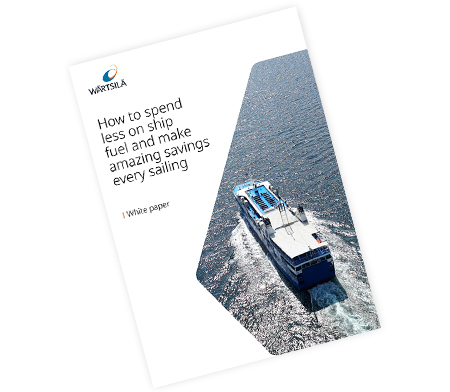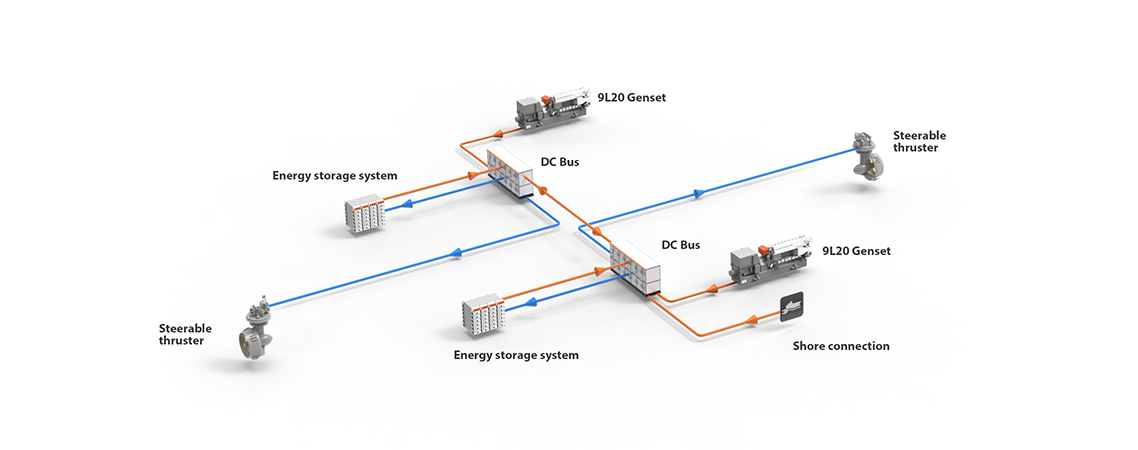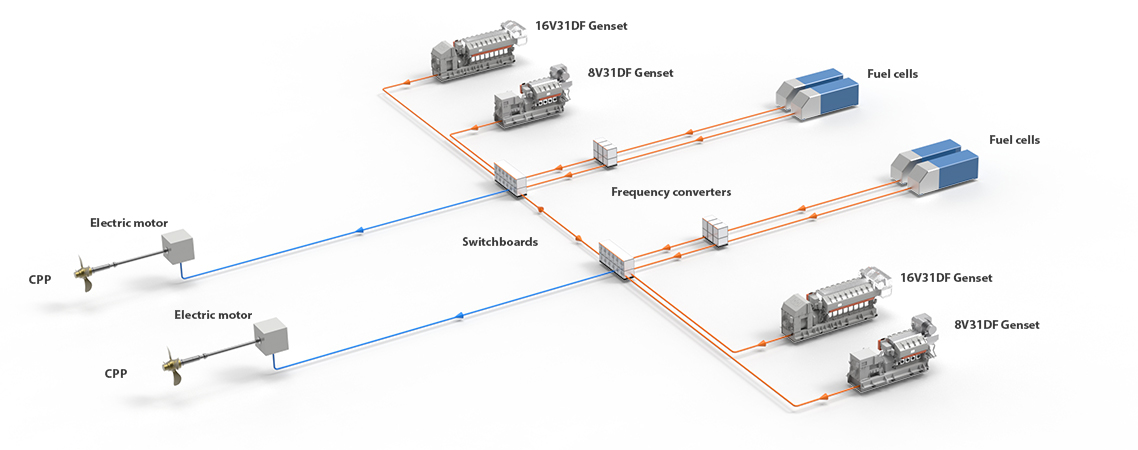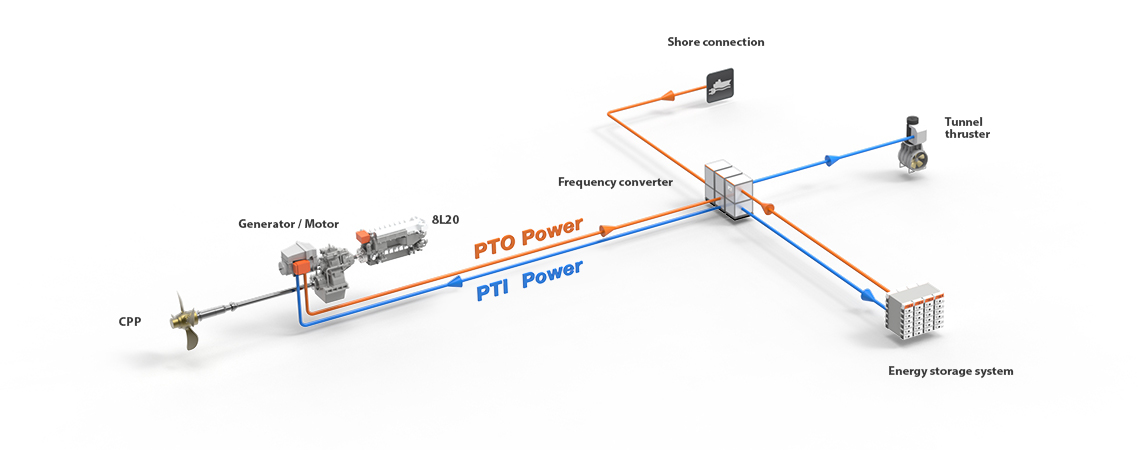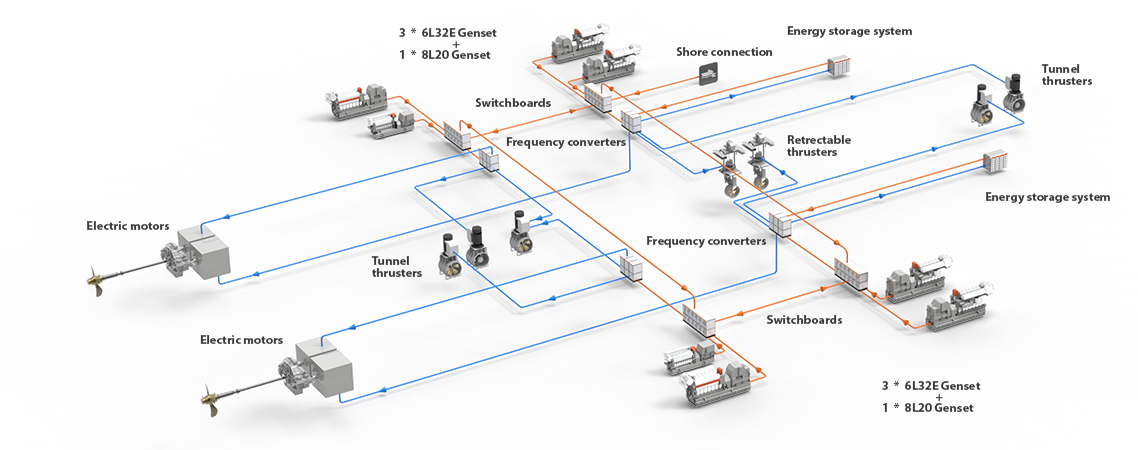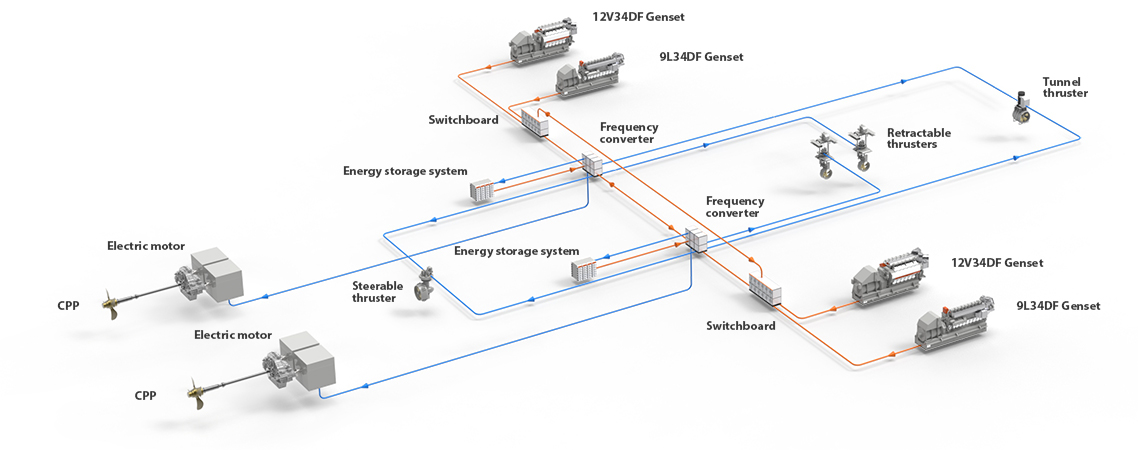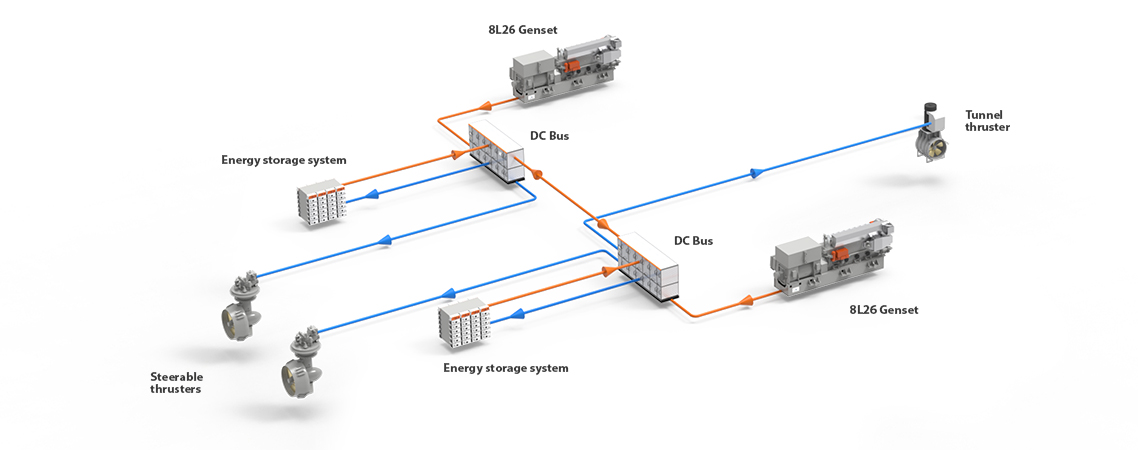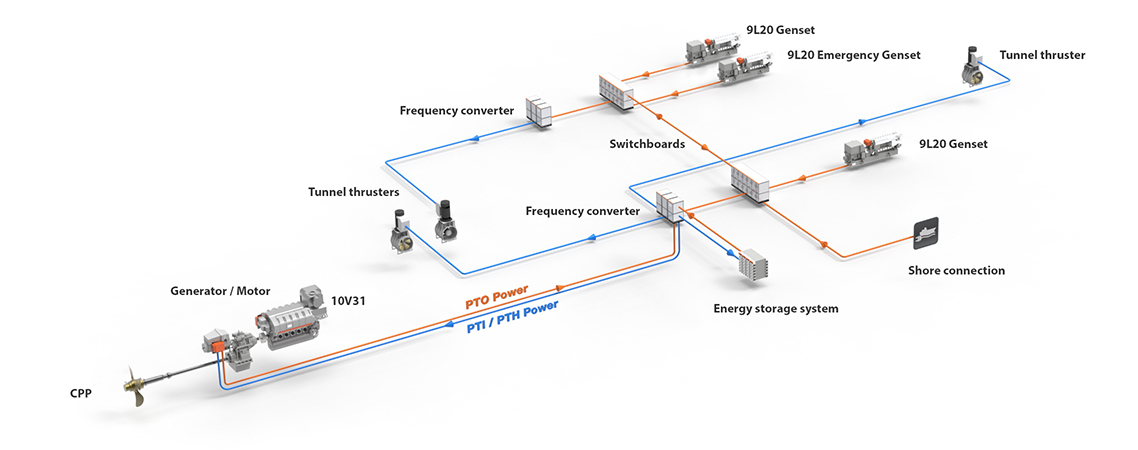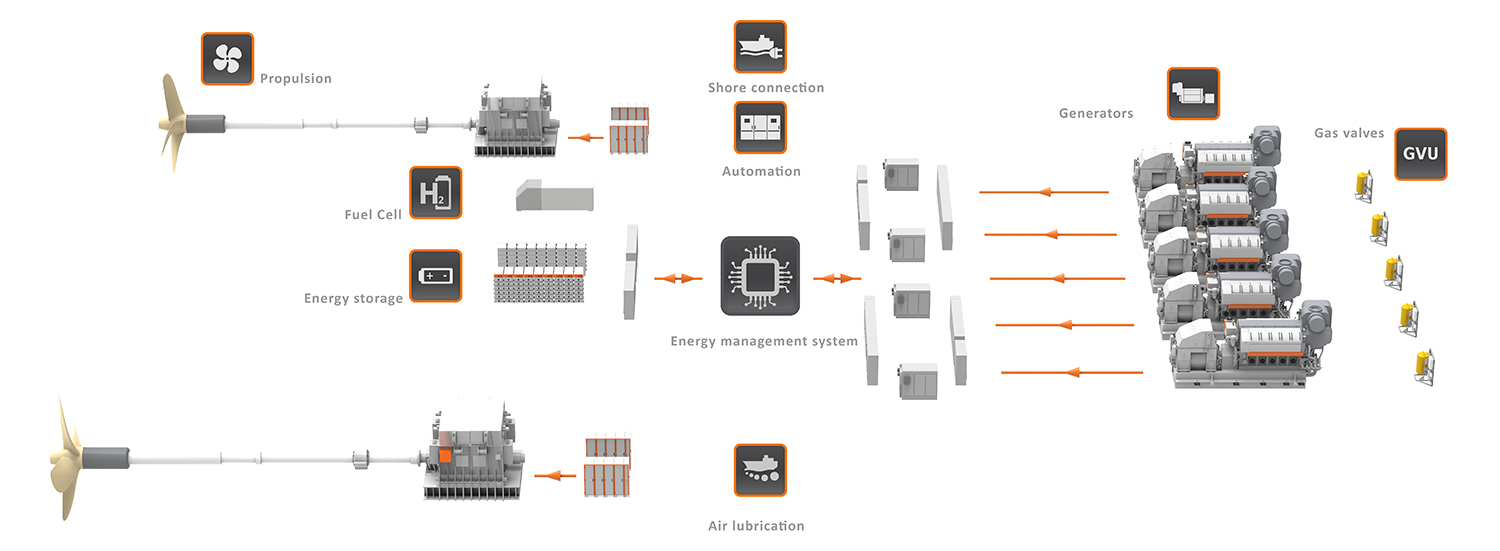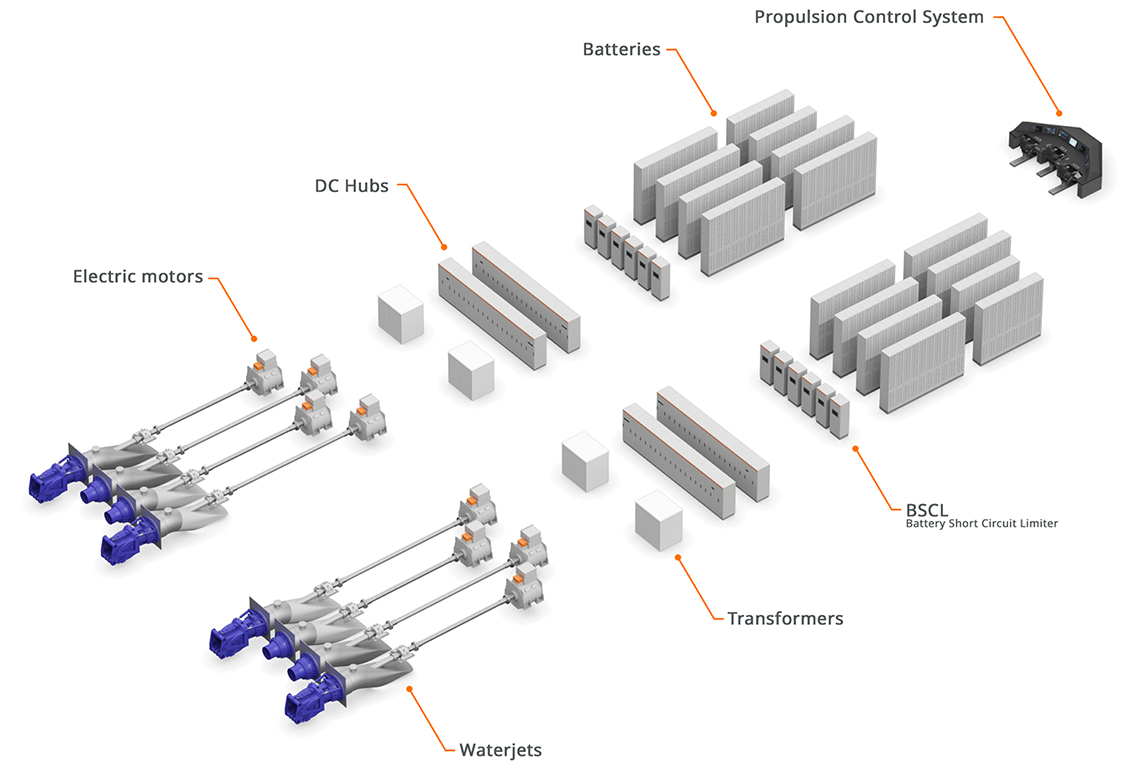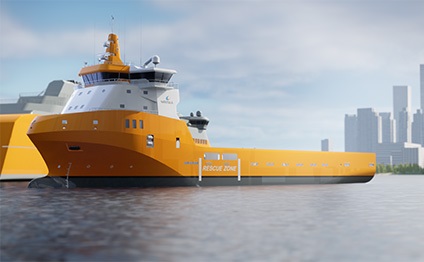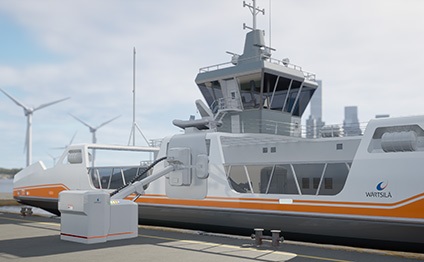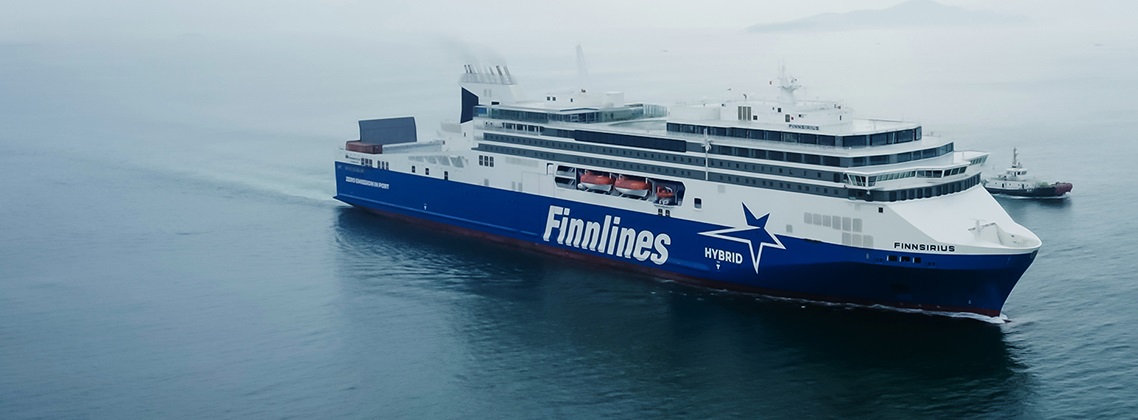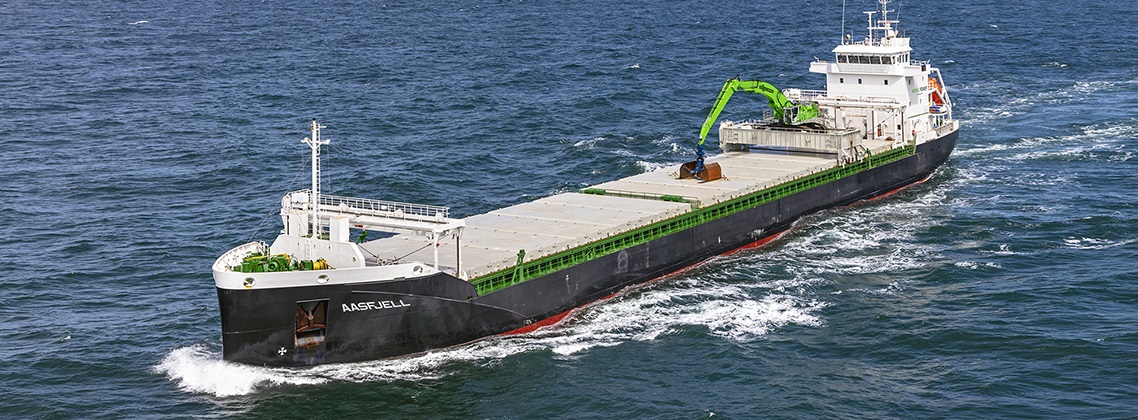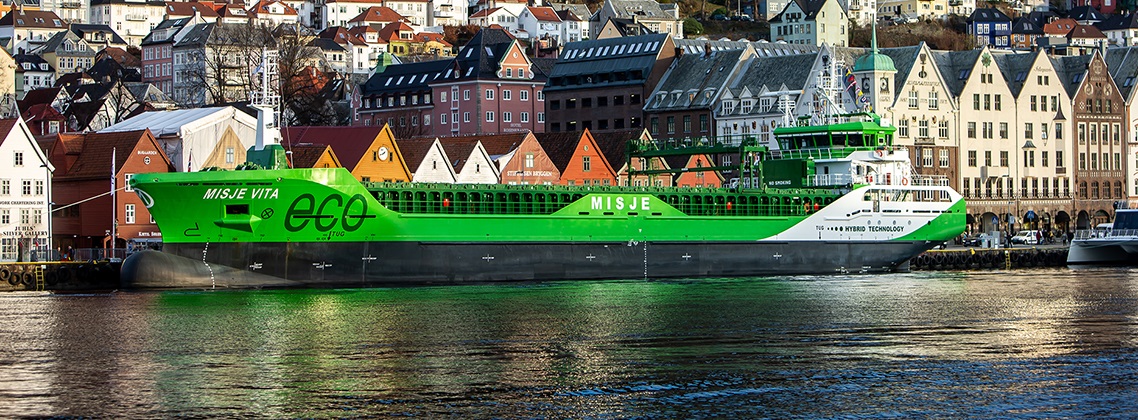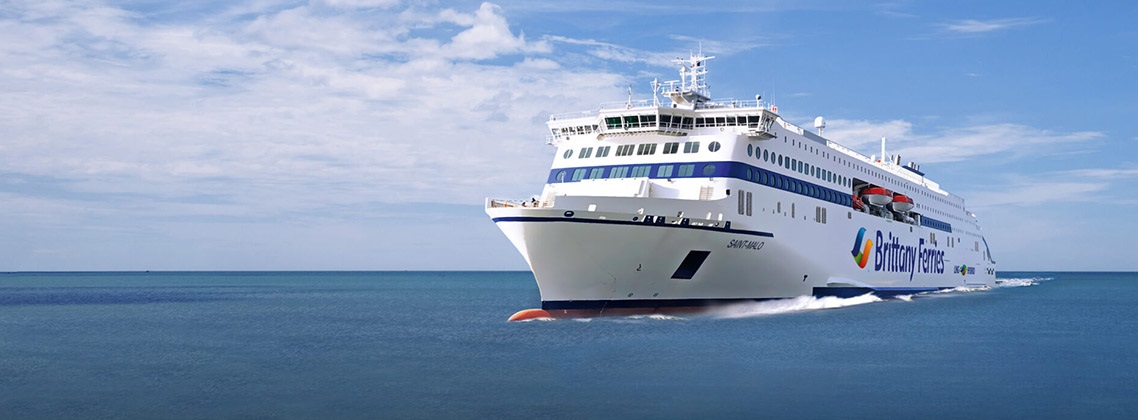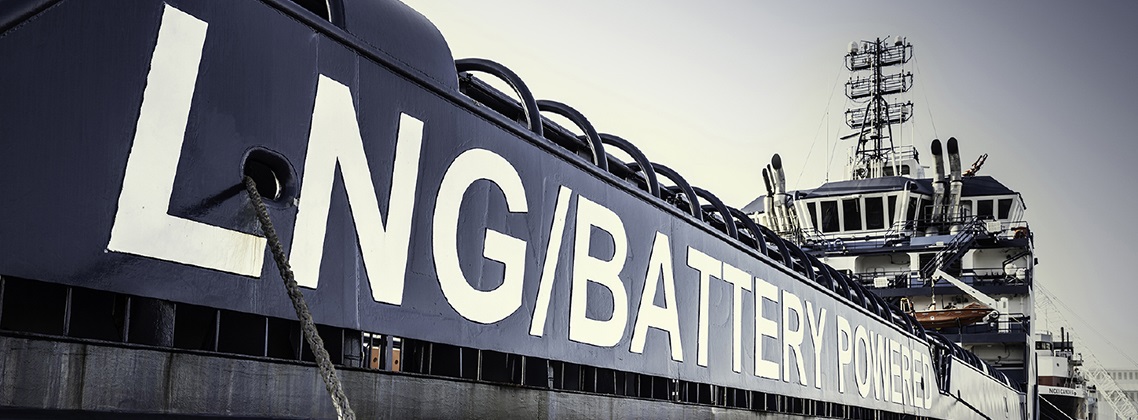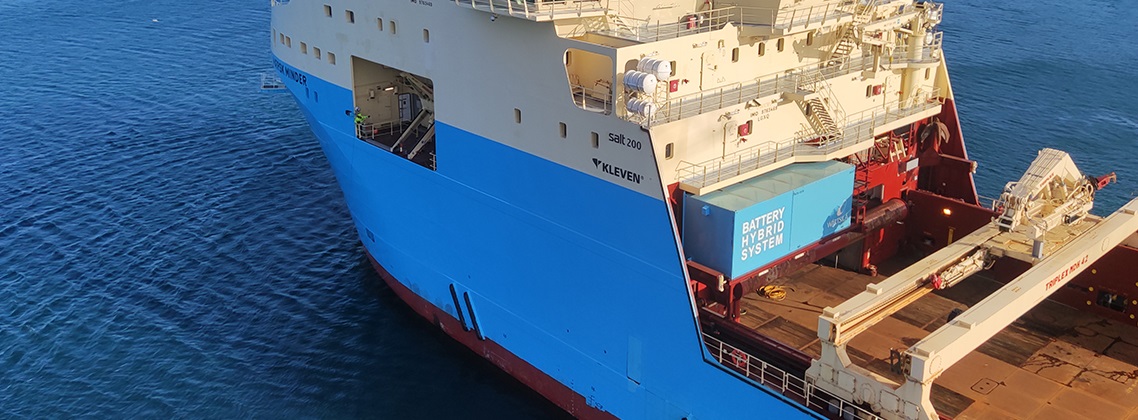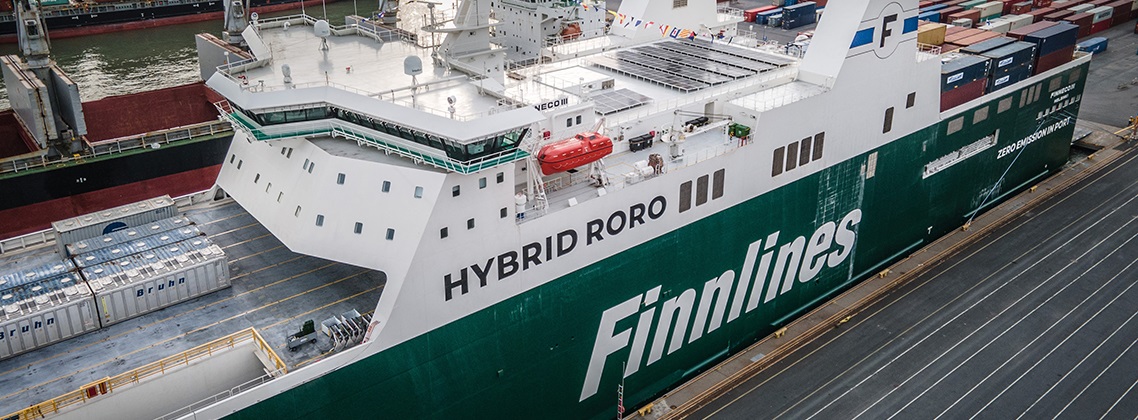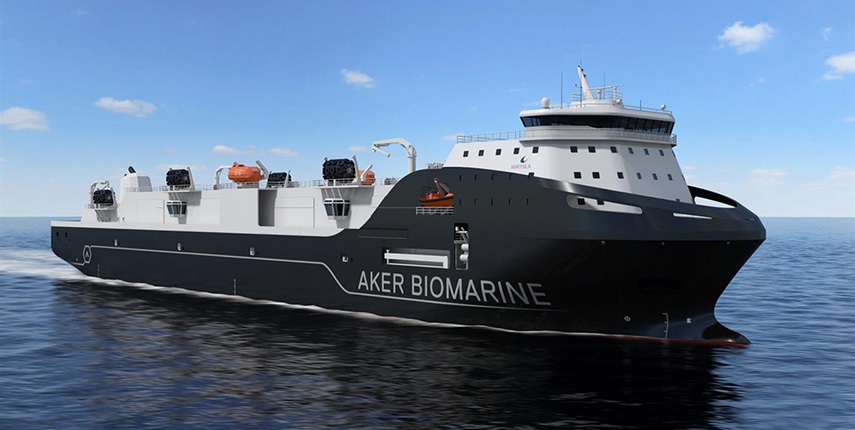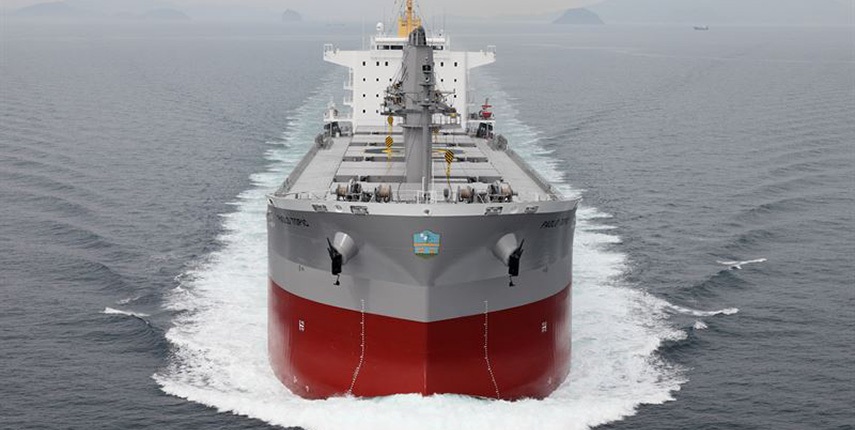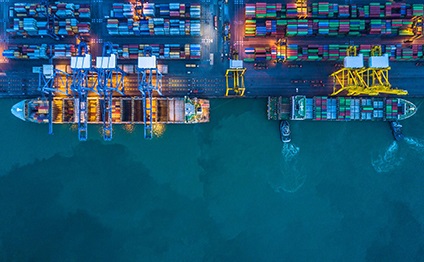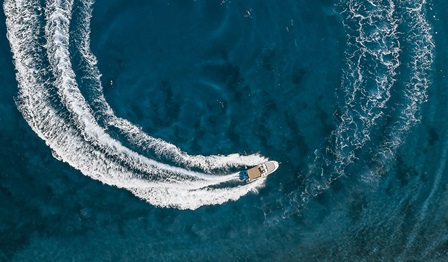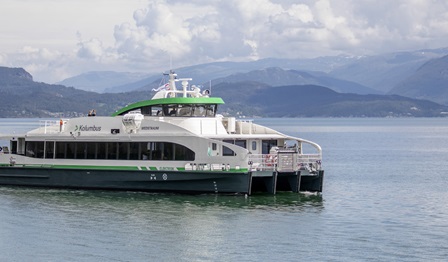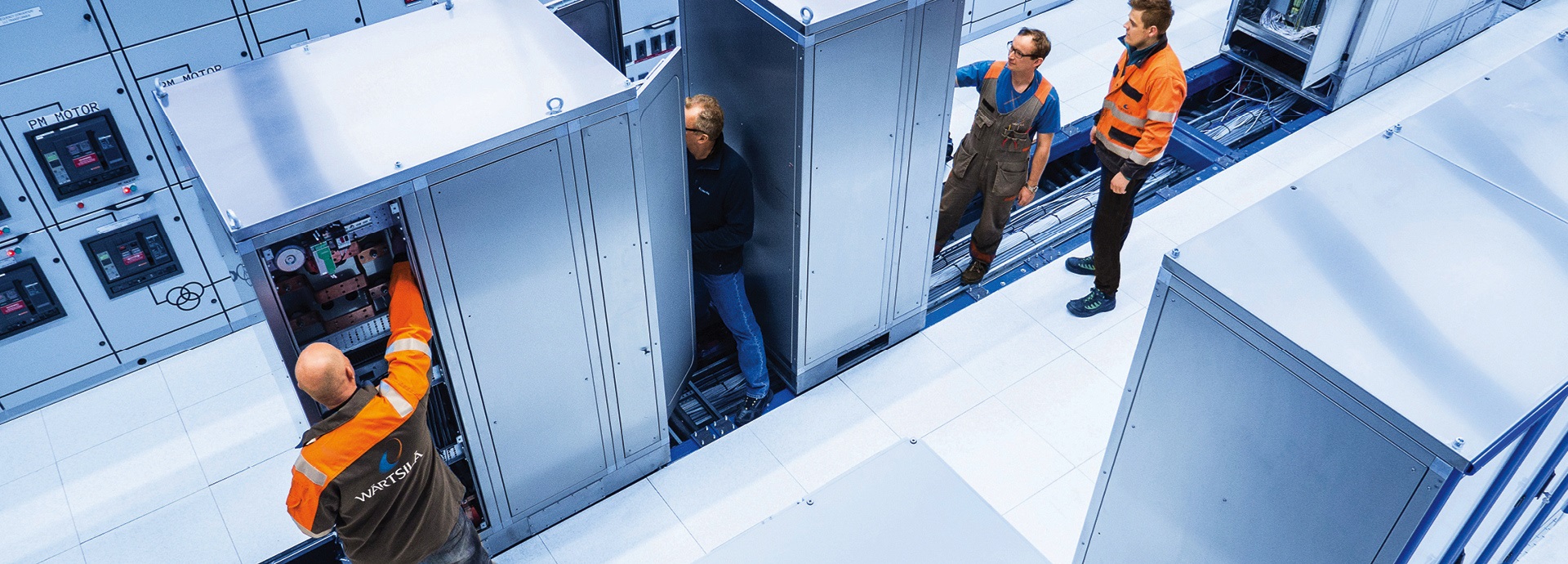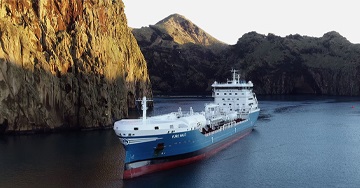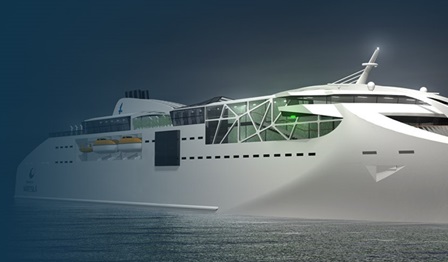
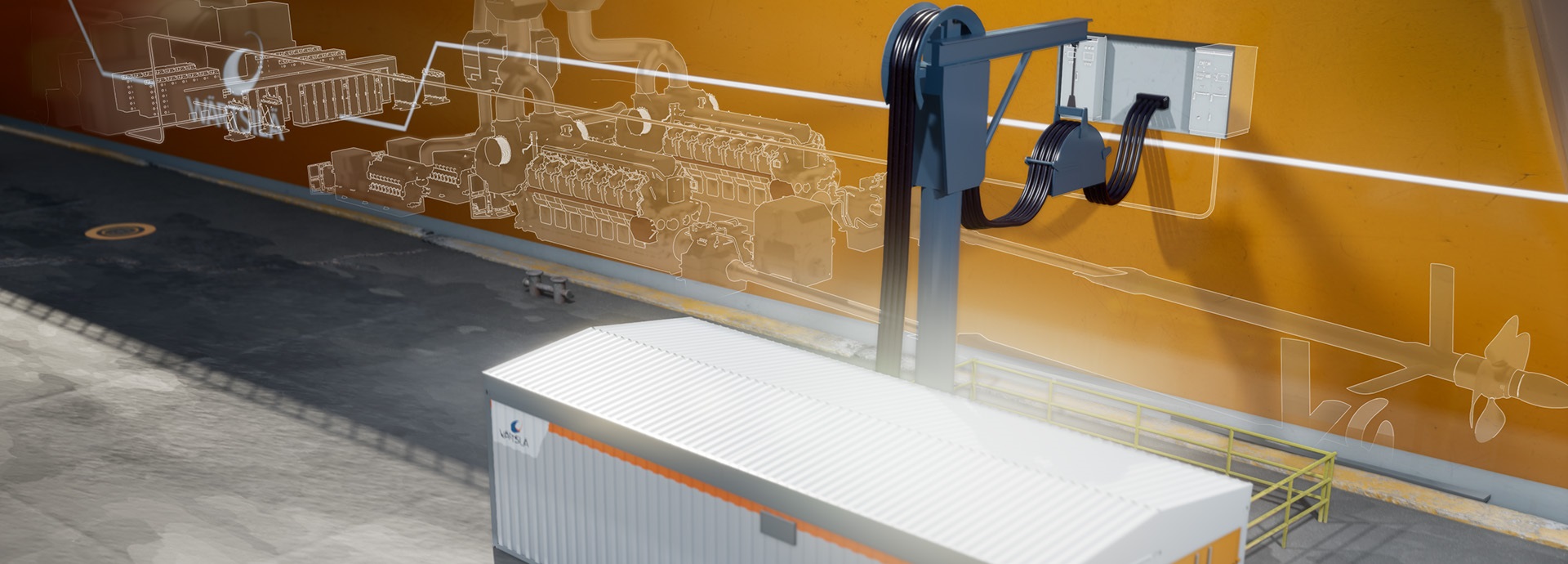
There’s more to electric shipping than electric propulsion
Electric shipping and hybrid ships are important solutions now that the marine industry has entered a new era – the age of decarbonisation and strict regulation. Vessels must be future proof: flexible enough to adapt to the changing needs in the future. As the regulation evolves and restrictions on emissions become stricter, the best way to stay competitive is to rely on the best available technologies. Electric shipping or ship electrification is one of the key solutions for marine decarbonisation.
The future of shipping is here: Play the video to discover how these interesting electrical solutions can reduce the environmental footprint for different vessels.
Electrical solutions and decarbonisation
Electrical solutions will deliver reduced emissions as retrofits and offer a competitive advantage also for newbuild vessels.
Electrical solutions have been part of vessel design for many years in the form of diesel-electric propulsion or shaft generators, for example. The share of green energy – from renewable sources such as wind, water, and solar – in land-based electrical grids is on the increase.
It makes sense for ships to take advantage of shore-based green energy. As an example, using a shore connection can reduce emissions significantly while the ship is in port. Depending on the vessel and its operating profile there are many ways to reduce its emission footprint. The key is optimisation: finding the right solution for each vessel.
Slow steaming used to be the favourite solution for many vessels to reduce emissions. Flexibility was not an issue then, so this means that some vessels will never be fully optimised. Electrical systems onboard make it possible to use smarter propulsion systems. Smarter, more resilient, and more flexible – and thus capable of adapting to the changing needs in the future of shipping.
What powers cruise ships in the future? Will cargo ship engines be electric?
Deepsea vessels will have to adopt green fuel engine technology to decarbonise. Electrical systems will be an integral part of the system including shaft generators and shore connection. Electric cruise ships and electric cargo ships are a futuristic concept, but they can go hybrid and take advantage of solar energy to improve their efficiency.
Tugs can benefit from hybrid or even full electric solutions. They operate close to the shore to land based electrical infrastructure. Because they have high load variations and spend long periods of time on standby, hybrid electric solutions will cut their GHG emissions significantly.
Ferries are often part of local transportation routes and can easily use the land-based charging infrastructure. If the route is short enough, the ferry can even be fully electric. Many ferries still prefer to have a hybrid electric solution to minimise risks.
Any short-distance or coastal vessel can be a hybrid ship. They can charge their ship battery with green energy available at the port. They can be a zero emission ship while manoeuvring, station keeping, and port navigating if they switch to full electric power during those operations.
Could you benefit from a hybrid solution?
Hybrid systems can be used on a wide variety of vessel types, both newbuilds and retrofits. Discover the clever ways that a hybrid solution could help you cut your vessel’s operational costs.
Battery-powered ships, hybrid ships or diesel-electric ships?
Which solution would be optimal for your vessels? The following are examples of actual solutions.
E&PMS landing page Solutions
Expand all
Why electrification – market trends and drivers
Watch the video and you will also learn three reasons to consider ship electrification as a solution for marine decarbonisation.
Solutions in more detail
Customer stories
Discover the benefits others have already gained from marine electric solutions.
Insights on electric shipping
Discover these insightful articles and case studies – they will build your knowledge of ship electrification and hybrid marine solutions.
Webinars related to electric shipping
Explore what you need to know about electric shipping and hybrid ships: watch the webinar recordings to learn from experts from the maritime industry and associations.
Hand-picked press releases
Wärtsilä and Berge Bulk complete maritime industry’s first inline shaft generator retrofit
The technology group Wärtsilä has successfully retrofitted an inline shaft generator system on the ‘Berge Toubkal’, a cape-size bulk carrier owned by Singapore-based Berge Bulk. This is the marine industry’s first-ever shaft generator retrofit, and its successful completion will improve the vessel’s Energy Efficiency Existing Ship Index (EEXI) while reducing overall carbon footprint.
Shaft generator systems onboard ships are driven by the main engine to supply power to the mains, thus saving fuel and emissions. They are sized to eliminate the need to operate auxiliary engines while at sea. While such systems, also referred to as Power Take-Off (PTO) systems, are today’s standard installations on newbuild vessels, large inline versions with the generator sitting directly on the propeller shaft and turning at 50 to 100 rpm have never before been retrofitted.
“Berge Bulk made an industry commitment to go carbon neutral well before the IMO’s plan, and we are installing now the latest fuel-saving technologies, like shaft generators, air lubrication, or wind propulsion on our vessels,” says Paolo Tonon, Berge Bulk’s Technical Director, “Wärtsilä has a proven track record and is one of the market leaders in shaft generator systems and electrical integration.”
“Berge Bulk is one of the front runners in shipping’s transition to decarbonised operations, and we are proud to support them in this. Wärtsilä is actively working on the development of new technologies that can be integrated into existing vessel systems to make their operations cleaner and more economical,” says Torsten Büssow, Director for Ship Electrification at Wärtsilä.
The retrofitted shaft generator will also provide power to an air lubrication system installed at the same time. The system includes a Wärtsilä control system, as well as a converter to allow the generator to operate over a broad span of rpm. The existing intermediate shaft and bearings were replaced to accommodate the increased weight.
Wärtsilä has successfully delivered more than 650 shaft generator systems and has over 50 years of experience in this field.
The ‘Berge Toubkal’ retrofit was completed in Q4 2022, following ten months of preparation time.
Media contact for more information on this release:
Nicole Lyons
Global Communications Manager
Wärtsilä Marine Power
Tel: +44 (0) 78241 38855
marine.media@wartsila.com
Image caption: Shaft generator entering Berge Toubkal in Drydock © Wärtsilä Corporation
All Wärtsilä releases are available at https://www.wartsila.com/media/news-releases and at http://news.cision.com/wartsila-corporation where also the images can be downloaded.
Wärtsilä in brief:
Wärtsilä is a global leader in innovative technologies and lifecycle solutions for the marine and energy markets. We emphasise innovation in sustainable technology and services to help our customers continuously improve their environmental and economic performance. Our dedicated and passionate team of 17,500 professionals in more than 240 locations in 79 countries shape the decarbonisation transformation of our industries across the globe. In 2022, Wärtsilä’s net sales totalled EUR 5.8 billion. Wärtsilä is listed on Nasdaq Helsinki.
www.wartsila.com
Take your easiest step on your journey to ship electrification - get in touch and let’s discuss your needs and options!
